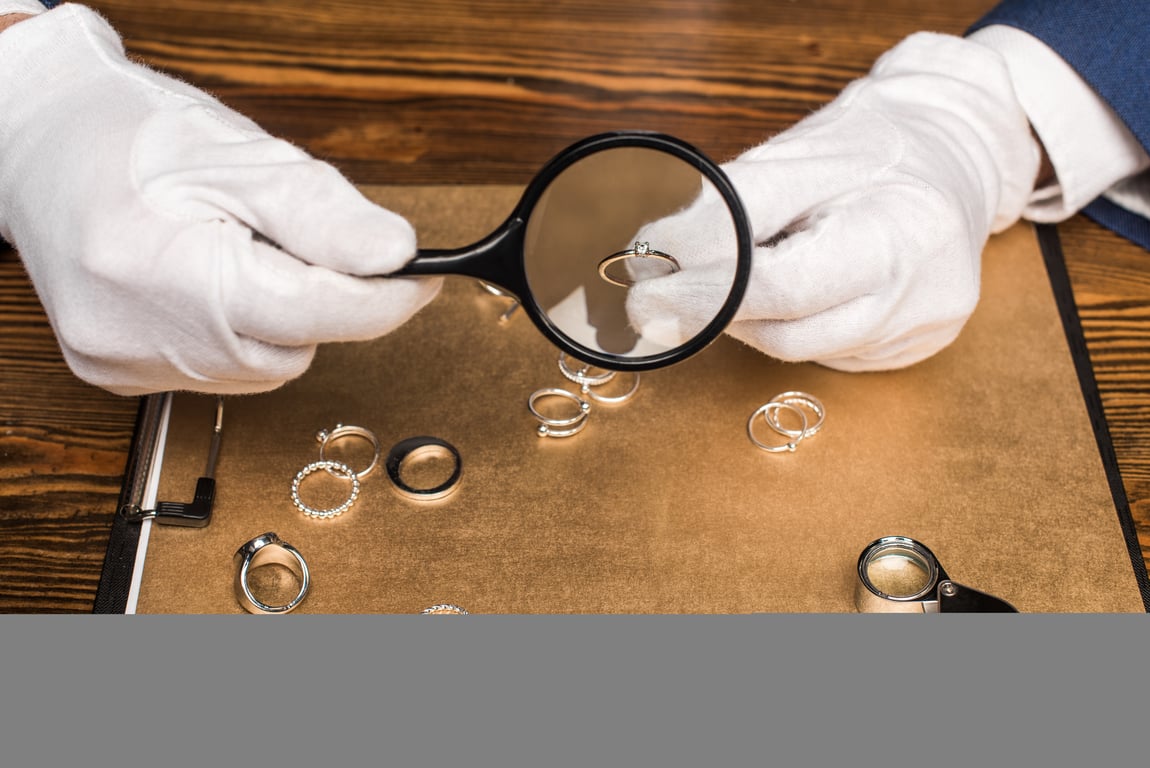Diamonds are among the top values of humanity. It is quite reasonable due to their glitter and shine. Another reason that makes diamonds so valuable is that, by nature, they are rare and hardly mined. But what about a new word in gemology: man-made diamonds?
Let’s consider how man-made diamonds are made and if they have any peculiarities that distinguish them from naturally mined ones.
How Are Lab Diamonds Made?
A man-made diamond is the name given to stones that are similar to diamonds in that of their structure, being not a creation of nature but a result of human skills and knowledge. There are several kinds that are often called “man-made diamonds,” i.e., lab-created diamonds themselves, zircons, moissanites, etc.
These gems are processed in labs, and it is a fully artificial process. There are also many ways to create such a diamond. Naturally, diamonds are processed at a depth of hundreds of kilometers below the earth’s surface, at high temperature and pressure, and then carried to the surface by igneous rocks.
This process has been tried to simulate in the laboratory since the 18th century, when it became clear that diamond is carbon. But in reality, the first real laboratory diamonds came out only in the middle of the 20th century, in America.
To imagine the whole process of how lab-grown diamonds are made, just take this scheme into account. A small cell, inside which there are graphite and an iron-nickel-cobalt melt acting as a solvent and catalyst, is compressed using a press, creating a pressure of 50 thousand atmospheres inside. And at the same time, maintaining a temperature of about 1300 degrees—approximately in such conditions, diamonds are nucleated in the bowels of the earth.
The result is really amazing, because you can hardly tell whether it is the best lab diamond engagement ring or whether it is a natural gem.
Are Man-Made Diamonds Real Diamonds?
We can definitely say ‘yes’ to answer the question. If you know what diamonds are made out of, you can consider that both laboratory and natural diamonds have a similar structure. They are both carbons. The nuance is that there are only several gems that are called “man-made diamonds”. What are man-made diamonds called? They are diamonds themselves and high-quality moissanites that are actually not carbon but zirconium oxide. That is why we can say that some lab-grown diamonds are real diamonds and others are not.
Discussions about whether to use a man-made or a natural diamond are regularly held in society. We can highlight some reasons why it is better to use lab-grown diamonds instead of natural ones.
- Ecology matters. Mining natural diamonds causes harm to the environment. And buying man-made diamonds is eco-friendly.
- The 4Cs are better for man-made diamonds, as their clarity and carat number will be higher for similar gems than those of a natural diamond.
- The cost of a lab-grown diamond is many times lower. And it also matters, for example, if you want to get exclusive man-made diamond rings.
These facts declare that in a man-made diamond vs natural diamond confrontation, the winner is a lab-grown gem.
How Long Does It Take to Make a Man-Made Diamond?
The process resembles the real natural process of creating diamonds, but it is rather quick. If it takes billions of years to grow a diamond in nature, it only takes a fortnight in a lab to produce one large or many small gems.
How Big Can a Man-Made Carbon Be?
As there are few methods on how to get a diamond, the size of a gem can vary. If they are made by HPHT technology, there is an opportunity to get 1-carat jewelry diamonds and even more, up to 5–6 carats. For CVD technology, it is allowed to create diamonds up to 1 carat. So the size depends on how diamonds are made in a lab.
How Is the Identification of Man-Made Diamonds Held?
Special research methods have been developed that make it possible to identify synthetic diamonds with sufficient confidence and accuracy. Metal inclusions should be mentioned among the characteristic features of synthesis and, in non-ferrous diamonds, easily identifiable growth sectors. In addition, artificial stones obtained using HPHT or CVD technologies and exposed to UV rays have a different luminescence pattern.
Are Man-Made Diamonds Cheaper Than Natural Diamonds?
Of course, they are! If you compare the prices of similar jewelry, you’ll be highly surprised by the lower cost of the man-made gem. That’s why man-made engagement rings are extremely popular today.
Let us draw some conclusions from our review of man-made diamonds. They are similar to natural ones by structure, and they are grown similarly to natural processes but at a rapid pace. Due to their ecology, safety, and low price, combined with their extra clarity and color, they are gaining popularity on the world jewelry market.














